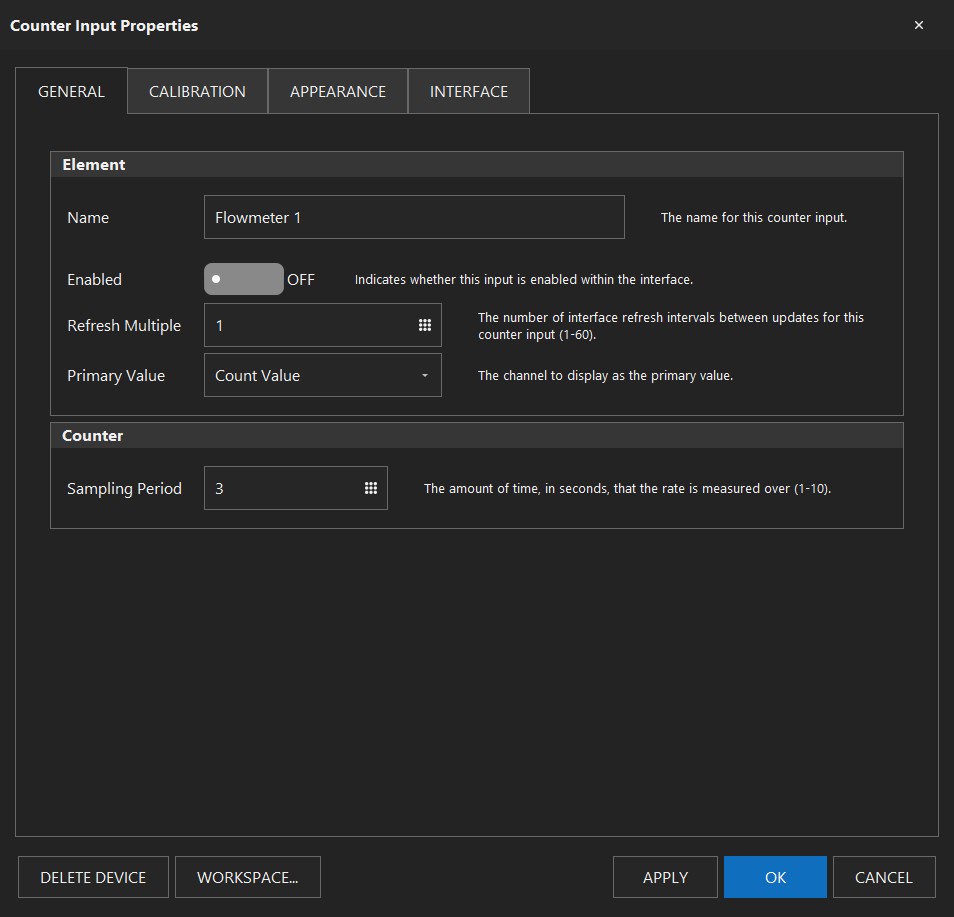Angus Grant
Well-Known Member
I've done a bunch of searching and can't find any conversations about BruControl supporting PT100 4-20mA transmitters.
These seem to be a better idea than doing long PT100 cable runs. Just need shielded 2-core cable (which is dead cheap compared to longer PT100s) instead of shielded PT100 sensor and cable.
I don't think the scripting would be up to converting values. Would that be something built into the firmware?
I don't think I have an immediate need for this (waiting on slow boat from Hong Kong with 4m PT100 probes), just a heads up.
https://www.instructables.com/id/Temperature-Measurement-With-RTD-PT100-4-20mA-Tran/
https://www.ebay.com.au/itm/PT100-3...m3f9b79042d:g:0esAAOSw9nJcYW5c&frcectupt=true
Thanks,
Angus.
These seem to be a better idea than doing long PT100 cable runs. Just need shielded 2-core cable (which is dead cheap compared to longer PT100s) instead of shielded PT100 sensor and cable.
I don't think the scripting would be up to converting values. Would that be something built into the firmware?
I don't think I have an immediate need for this (waiting on slow boat from Hong Kong with 4m PT100 probes), just a heads up.
https://www.instructables.com/id/Temperature-Measurement-With-RTD-PT100-4-20mA-Tran/
https://www.ebay.com.au/itm/PT100-3...m3f9b79042d:g:0esAAOSw9nJcYW5c&frcectupt=true
Thanks,
Angus.


















































![Craft A Brew - Safale S-04 Dry Yeast - Fermentis - English Ale Dry Yeast - For English and American Ales and Hard Apple Ciders - Ingredients for Home Brewing - Beer Making Supplies - [1 Pack]](https://m.media-amazon.com/images/I/41fVGNh6JfL._SL500_.jpg)









